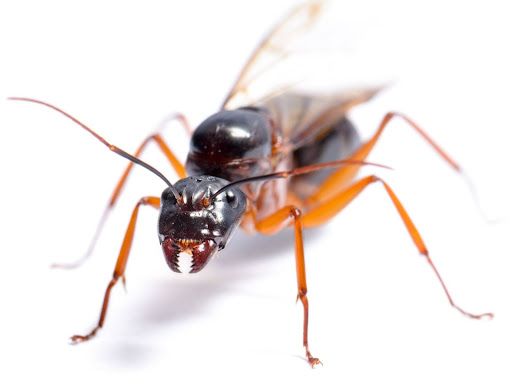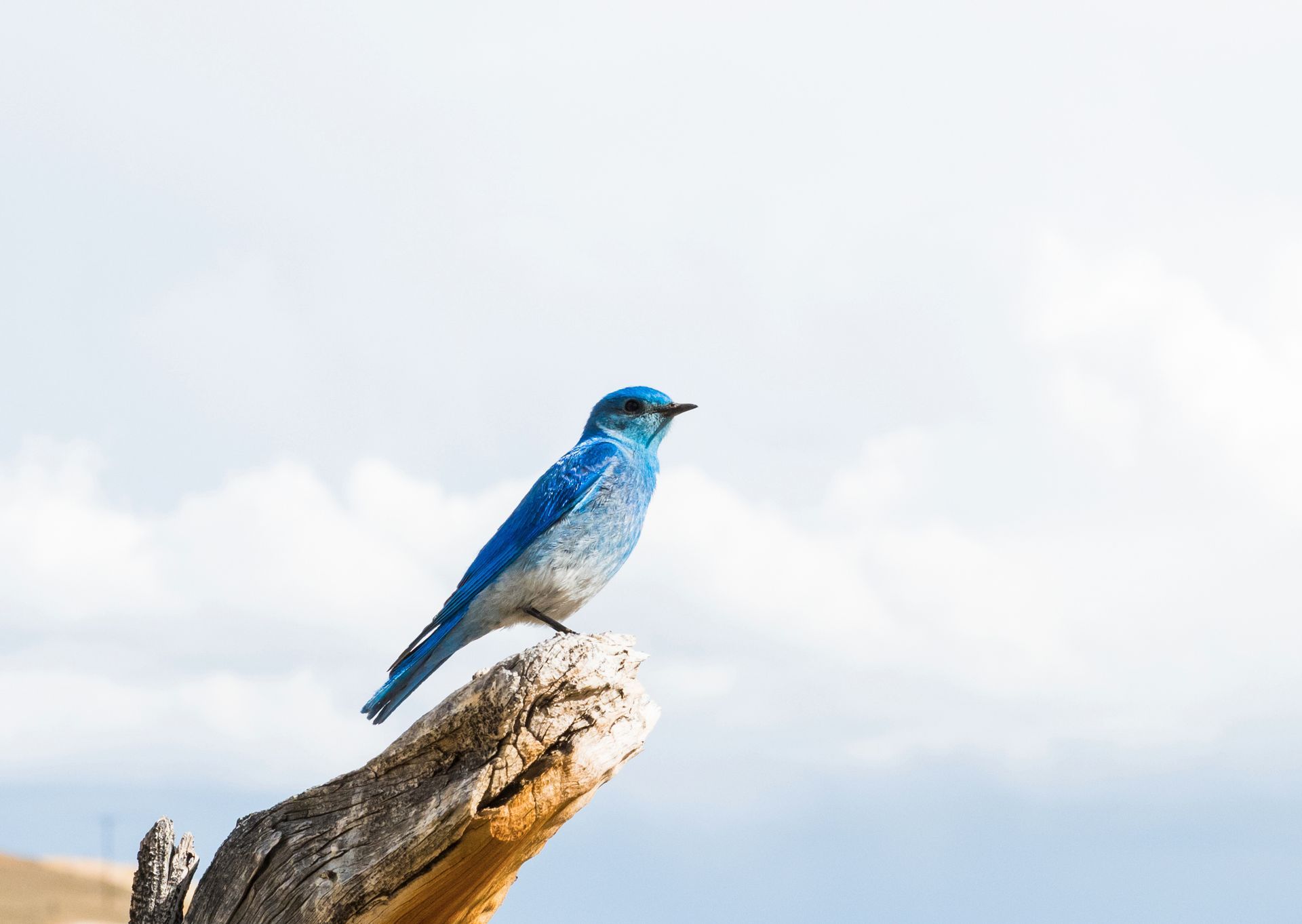March 16, 2025
Silverfish may be small, but these elusive insects can become a big nuisance when they appear around your home in Boise. Their affinity for humid, secluded spaces often puts them in corners you rarely frequent—such as behind bathroom fixtures, in dank basements, or even hidden in stored cartons of books. By harnessing eco-friendly strategies, you can discourage these pests from setting up shop in the first place and help maintain a comfortable, pest-free environment without resorting to harsh tactics. Below, we explore their habits, discuss natural deterrent measures for Boise homes, and show you how to keep silverfish under control while prioritizing health and sustainability. Understanding Boise’s Silverfish Challenges Boise’s semi-arid climate might seem like an unlikely place to find a pest that thrives in damp conditions. However, even minimal moisture in kitchens, bathrooms, and crawl spaces can create microenvironments where silverfish can flourish. While these insects are generally harmless to people, they’re known to feed on paper, textiles, and other household materials that contain starch or carbohydrates. This dietary habit can lead to minor but frustrating damage, especially in stored items like old books and family documents. Silverfish have also been known to live several years in favorable conditions. Certain studies note that under stable, humid circumstances, a silverfish can survive and reproduce for quite some time. If left unchecked, these insects can quietly multiply behind walls, in attic insulation, or even beneath floorboards. Thoroughly understanding their habitat and patterns will enable you to address infestations before they escalate. Key Habitual Insights Silverfish naturally gravitate toward environments with elevated humidity. Humidity between 75% and 95% provides optimal conditions for silverfish populations to thrive. Here in Boise, basic home activities—like showering or cooking—can introduce moisture indoors that might linger in poorly ventilated areas. Beyond moisture, silverfish are nocturnal insects. They stay hidden throughout the day and emerge at night to forage. Their diet, which includes paper, wallpaper paste, and other starchy items, underscores the importance of securely storing valuable paper products and vulnerable foods in airtight containers. Early recognition—evidenced by small holes in books or noticing their tiny, carrot-shaped droppings—can help you take prompt action. Natural Deterrents and Prevention Strategies Since silverfish usually move unnoticed, effective management relies on deterring them from the get-go by emphasizing moisture control and mindful storage. While the steps below are not intended as do-it-yourself pest control methods, they highlight ways to naturally discourage infestations and keep your Boise property less appealing to these persistent intruders: Manage indoor humidity: Adequate ventilation and the use of dehumidifiers in problematic areas can be effective. Ensuring proper air circulation in basements, bathrooms, and crawl spaces helps reduce the chances of silverfish settling into these spaces. Seal and protect entry points: Cracks in walls, gaps in siding, and weatherstripping that has degraded over time may allow insects to slip indoors. Close off these avenues with high-quality sealants to limit access. Employ natural deterrent scents: Although silverfish are hardy insects, some homeowners prefer naturally derived scents like cedar or clove bags as deterrents. A light sprinkling of these organic materials in dark corners or infrequently used storage cabinets may help reduce insect interest without resorting to harsher products. Safeguard paper and fabrics: Use sealed plastic containers or well-secured boxes to store books, important documents, or seasonal clothing in drier sections of your home. Cutting off their food source deprives silverfish of the nourishment they require. Consider eco-friendly treatments: If you suspect a growing pest presence, professional options that prioritize natural, less-toxic interventions are also available. Seeking advice from experts who understand safe, eco-conscious methods can protect your interiors from infestation while respecting Boise’s local environment. Professional Insights on Long-Term Protection Even with a strong focus on natural and preventative care, persistent silverfish issues might need direct intervention. Staying informed about the life cycles and behaviors of these insects is the first step. The second is working with a professional service that values safe, sustainable pest control methods. By partnering with an experienced team that leans on eco-friendly resources, you can further ensure that silverfish do not rebound and that your home remains a healthy living space. Thorough inspections can play a key role in maintaining long-term protection. Checking for damp patches, small crevices, or even unnoticed leaks is crucial, particularly during Boise’s seasonal transitions when temperature shifts can alter indoor humidity. Proactive assessments not only help avert silverfish problems but also limit the potential spread of other household pests that favor similar conditions. Take the Next Step Toward a Silverfish-Free Home If you’re seeking professional guidance to help shield your Boise property from silverfish, Natura Pest Control can evaluate your home for hidden nests, underlying leaks, or other problem areas. By addressing these issues comprehensively, you’ll gain peace of mind about the durability of your pest management plan—allowing you to enjoy your living space without the nuisance of unwanted guests. Reach out through our contact page , or see our other specialized services . Taking these next steps will help ensure a safe, comfortable, and silverfish-free home environment that relies on sustainable principles grounded in natural solutions. By recognizing the conditions that silverfish thrive in and choosing effective, eco-friendly measures to disrupt their reproductive cycle, both short-term relief and long-term prevention become achievable. With the right knowledge and professional support, you can confidently keep these stealthy pests at bay while preserving the comfort of your Boise home.




